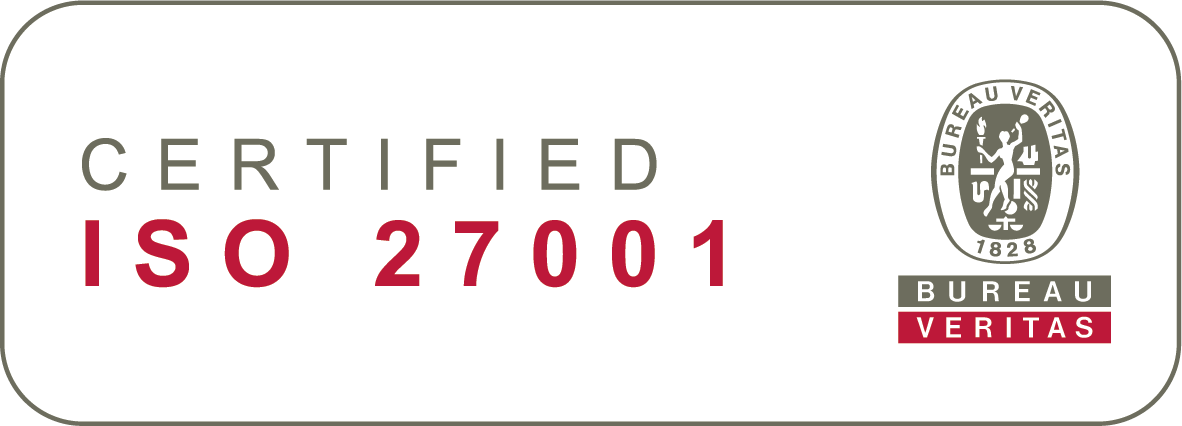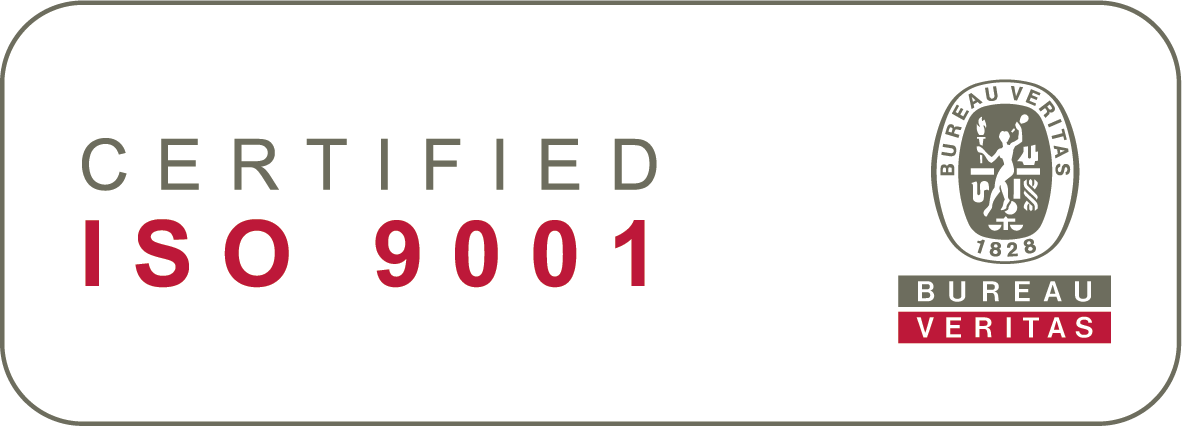11. Connect Your Sympa With Other Systems
Well planned integrations enable you to avoid the need to log into multiple locations. They also help to make sure that there are no mistakes in the information that is used in all the necessary processes and functions. It is Sympa’s philosophy that integrations are a logical part of the modern IT infrastructure and that they can be utilised to maintain HR-data.
Ensure efficient cooperation
Collaboration between multiple experts
The success of connector implementation hinges on the involvement of many experts, emphasising the need for a well-timed start and clear communication about upcoming tasks.
It’s crucial to engage with third-party system providers and your own organisation’s experts right from the beginning of the onboarding process. This early engagement ensures that the best experts are available when needed, helping to align schedules and expectations.
Responsibilities
Sympa’s role: We will handle the specification the connector, along with creating the necessary documentation and both implementing and performing technical tests between Sympa and the appointed interface or server.
Third-party system provider’s role: They are responsible for the implementation and for conducting tests between their system and the appointed interface or server.
Your role as the customer: You will coordinate the collaboration with third-party system providers and set up a schedule for the integration workshops. Most of the connector implementations will include one joint workshop, scheduled when the needed Sympa work packages and Sympa setup are ready.
Implementing Integrations
The integrations included in your Sympa Onboarding project are outlined in your Sympa agreement. We utilise different implementation methods depending on the type of integration. Let’s explore the details and options for each of these integrations!
Connectors
Connectors facilitate seamless data transfer between Sympa and other key systems you use, enhancing the overall efficiency of your HR processes. Connectors are pre-specified integrations designed with a standard structure to streamline and simplify the implementation process.
A specific connector is the eSign connector, designed for electronically signing contracts, streamlining your document management process.
Custom integrations
Custom integrations are deployed using methodologies akin to those for connectors. However, the specifications may not adhere to a pre-established data structure or technical format. Instead, the specifics are determined during a workshop, considering the constraints outlined in the onboarding scope and other pertinent documentation.
Data change export
Whether you choose to implement connectors or not, there will still be numerous instances where you’ll need to update employment changes. To keep your data consistent and synchronised across different systems, the data change export feature can be a valuable tool.
Connector implementation

To view the picture in full-screen mode, I recommend right-clicking on the image and selecting “Open image in new tab”or “Open link in new window.” This will allow you to see the details more clearly.
For most of the connectors, we follow the steps outlined in the accompanying image. However, some connectors are designed so efficiently that we can bypass the workshop altogether, streamlining the specification process with just a few straightforward questions.
eSign connector
The eSign Connector allows you to integrate electronic signing capabilities using third-party eSign vendors. This means you can create employment contracts directly in Sympa, which are then automatically sent to your chosen eSign provider for the electronic signing process.
Setting up the eSign connector is straightforward and doesn’t require a workshop. Just a few simple questions answered with the support of your eSign provider, and we’ll be all set to test out the electronic signing functionality.


